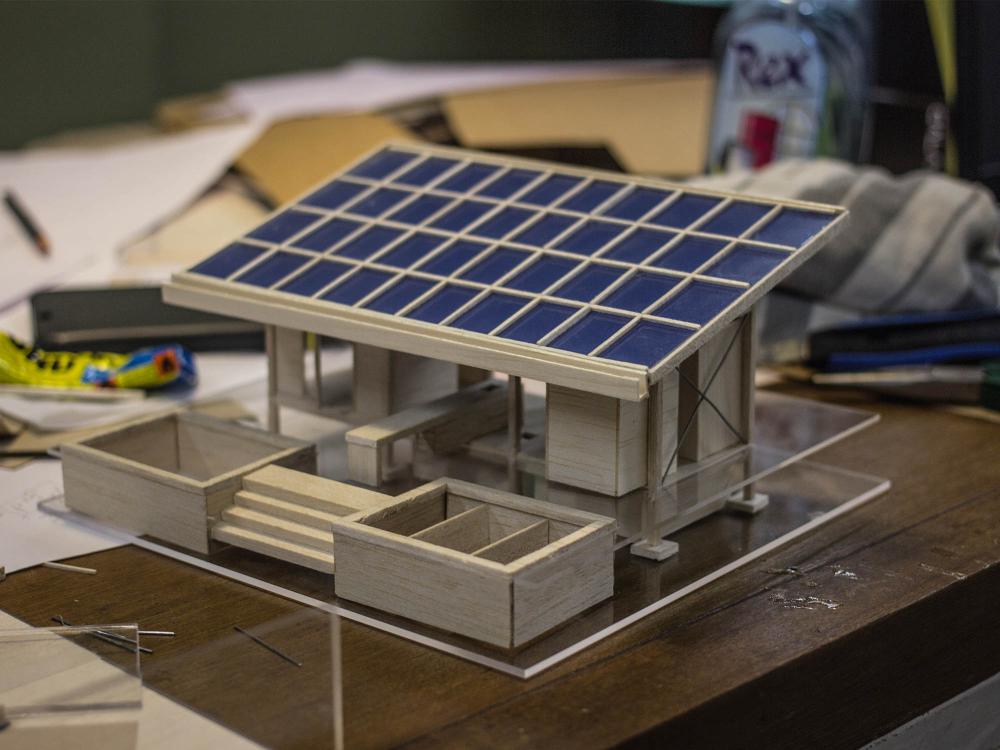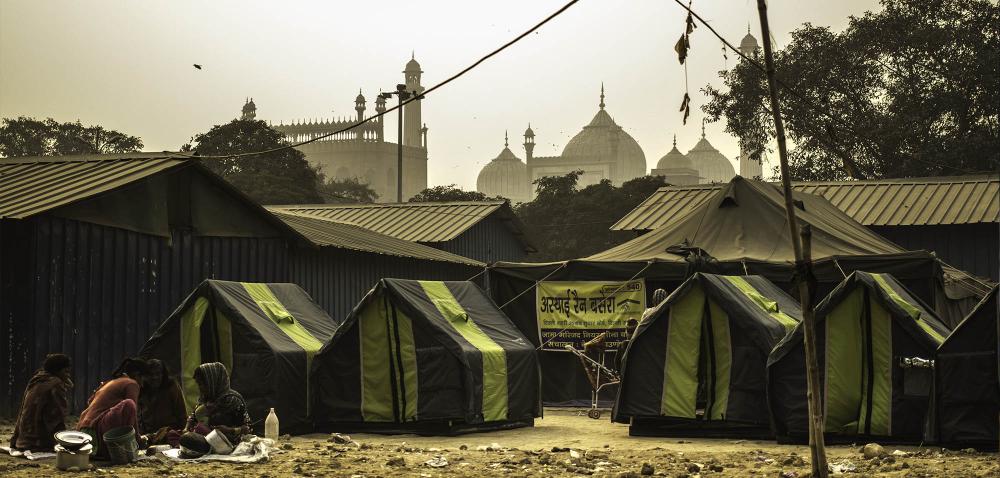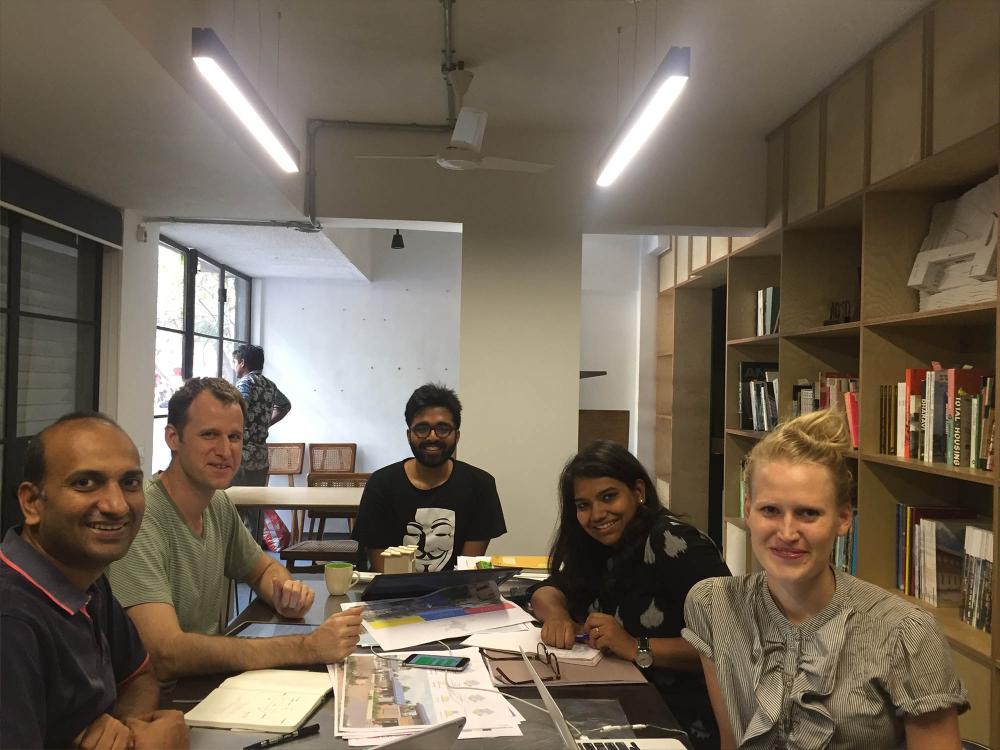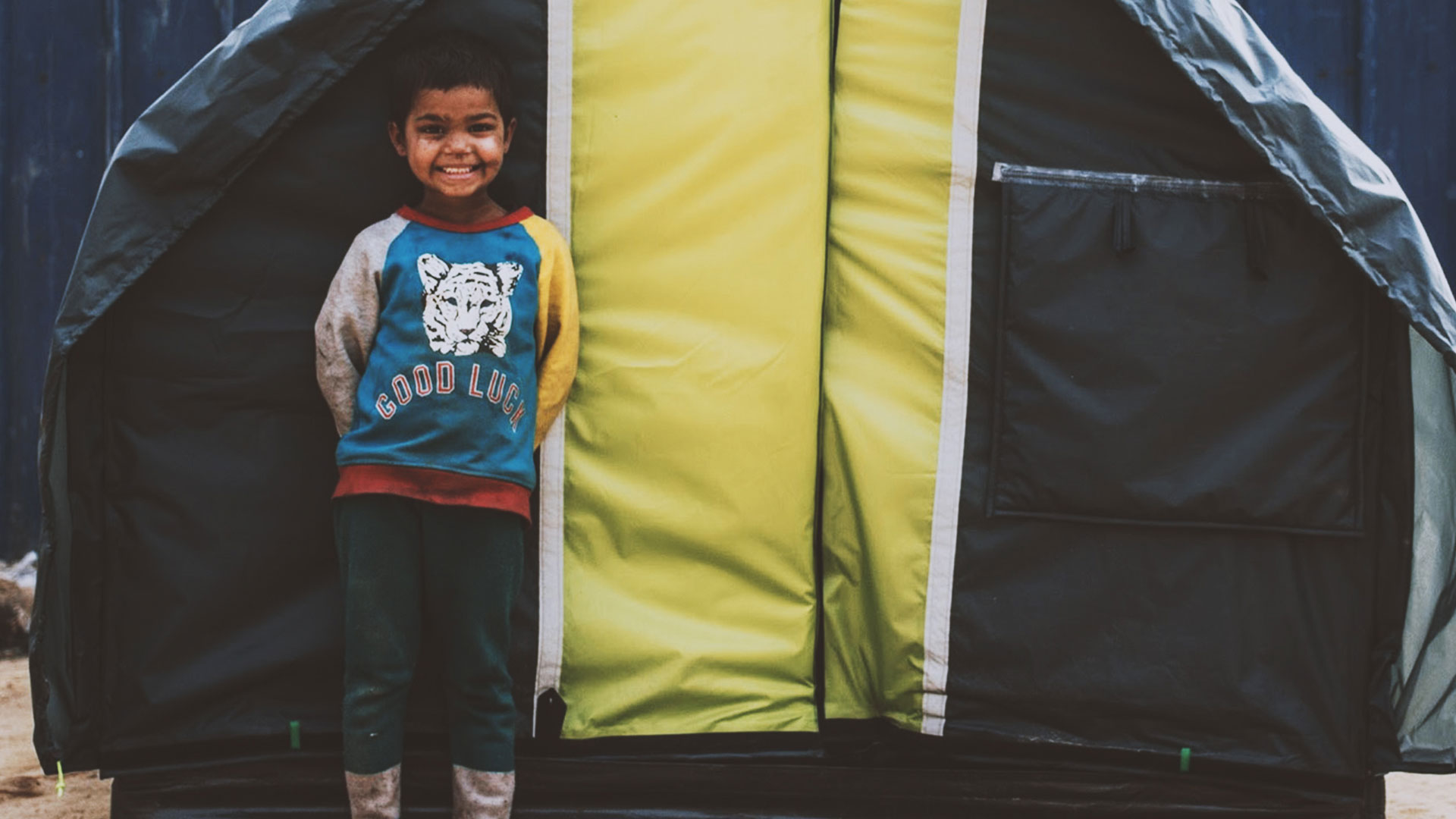He had been distributing tents in India when a young woman came up to him and said, “this (the tent) is my first home”. After years of living on the streets, she had, for the first time, a private sanctuary for herself, her husband and their child.
“The WeatherHYDE tent became her home. She put a bed inside the tent and hung paintings,” recounts co-founder and CEO of social enterprise billionBricks Prasoon Kumar. The non-profit social enterprise was founded in 2013 to solve homelessness through the design and provision of shelter and infrastructure solutions that are scalable and sustainable.
As billionBricks enters its fifth year of operations this month, we speak to Prasoon about the enterprise’s journey so far.
1. What was the inspiration behind billionBricks? How did you get started?
I worked as an architect in the commercial design industry for 10 years in the United States, Hong Kong, Singapore and across the region. I travelled to cities such as Mumbai and Jakarta, and saw how they grew.
Buildings got taller, shopping malls got fancier and clients got richer. But at the same time, I saw more people on the streets. Quality of life was not improving overall. It made me think: why am I not using my skills where they are needed the most?
The world is innovating at an unprecedented pace. That makes the difference between the poor and the rich even greater. We need to bridge it by ensuring the poor don’t move upwards incrementally but leapfrog to the next level. Otherwise, they’d never be able to catch up.
So four years ago, I quit my job and started billionBricks. I took part in the DBS Social Entrepreneurship Bootcamp in 2013 and my team won. It validated the ideas I had.
2. Tell us more about your products.
Buildings for the poor are often done very poorly. We want high quality solutions that can be replicated and produced on a mass scale, without depending on us.
One of our first products was a tent called WeatherHYDE. This was developed after 30 children died from the cold in India. It made me think: how can we, in the 21st century, not be able to protect people from something as trivial as the cold?
When I started looking into existing solutions, I realised there weren’t any. For decades, people would just send warm clothing and blankets to charities. I wanted to break that cycle and come up with a far better solution.
A couple of years ago, we built some partially prefabricated homes in Cambodia. We took that idea and recently designed a home called PowerHYDE, a partially prefabricated, solar home managed by IoT infrastructure.
Many homeless people cannot afford homes. If you live in a rural area, you have access to land but not money. So this home, with its solar panel roof, generates energy for itself and for sale. In eight to 12 years’ time, the house could actually be free.
One of our ideas is to work with governments to raise money and fund these homes for people. The funder recovers the money from the sale of energy. Once we start building communities – 115, 130 homes – they will start to generate about 1 megawatt of energy, like a tiny power plant.
By the end of this year we want to build up to six prototypes of PowerHYDES. We’re in conversation in Sri Lanka, India and Philippines to build the prototypes and funding model.
While our products are designed for the homeless, we have customers buying our tents for recreational use; we have requests from Europe and US for PowerHYDEs as a vacation home. We have reversed the whole process of looking at social and commercial design.
3) What is your design thought process?
Our first principle: never design poorly for the poor.
Many social businesses keep the costs in front of them. They believe things become affordable through value engineering – taking an idea that works for the rich and make it cheaper, functional for the poor. We don’t do that.
We look at the homeless as customers, not beneficiaries. We design something appropriate and needful, then see how much it could cost and whether it requires value engineering. Our homes are not the cheapest but they are still liked by people because they fulfil the need beyond basic shelter.
We generally never experiment on the poor with new materials or untested technology.
A big concept in our industry is to find new, sustainable, cheaper material for the poor. We prefer to use either conventional or high quality material that people like you and I would like for our homes. When people look at our tents, they ask: why don’t you design a cheaper version because this is so high quality. But people need something dignified, something they want and can be proud of.

A model of the PowerHYDE. Photo: billionBricks
We also keep in mind how the solution would reach the poor. What are the ways design could integrate a business model?
I designed the WeatherHYDE tents to cost USD 100. In India, many homeless people pay about USD 1 a night to rent blankets. Winter is about 120 days, so they spend USD 120 to rent blankets. For the same amount of money, we offer something far superior and more long-lasting.
We’ve had some success. We’ve had homeless people come buy our tents from us, which a lot of people still can’t believe
Finally, we always focus on women, who are among the most vulnerable on the streets.
For instance, the WeatherHYDE skin is not translucent so women have privacy. PowerHYDE, on the other hand, offers women an income opportunity even if they can’t work outside.
4) What have been some learnings?
First, competition can push you to be better.
Often in the social sector, we believe we need partnerships to scale and succeed. It’s true to a good extent but collaborations can also slow you down. In the commercial industry, competition pushes you to be better. I think it should eventually be the same for the social industry.
Second, social organisations and especially housing organisations are overburdened by the pressure of perfection. Are you using sustainable materials? Are you using community participation? Are you empowering the homeless? What happens once the homes are built? All valid questions, but too much for a tiny organisation to look into.

Photo: billionBricks
In the commercial sector, we compromise if things are not financially viable because we think money is the driver. For example, look at our phones and the amount of e-waste they generate and environmental contamination that can be attributed to them. But in the nonprofit sector, people want perfect solutions that balance every other possible externality, or negative outcome of a project. I don’t think that’s practically feasible.
If our organisation focuses on delivering homes, we want to focus only on delivering homes as fast, easily and cheaply as possible. We should have razor sharp focus.
5) Anything you wish you could have done better?
billionBricks was initially involved in a lot of things – design, execution, advocacy, fundraising, research, marketing. It was crazy. If I was maybe more focused on what I needed to do and how the organisation can grow, things could have been different.

Prasoon Kumar (left) with his team at billionBricks. Photo: billionBrick
6) What are your plans for billionBricks?
We want to impact at least 100,000 lives in the next five years through our work. We think eventually the impact will reach at least a million people.
We will be more focused on our solutions – WeatherHYDE and PowerHYDE. We will improve and adapt them for our clients, and get them deployed in our target regions.
We’re also building the world’s most transparent online platform for giving. Through geotagging and attaching QR Codes to our tents, for instance, donors can track where their money goes and the impact it makes.
billionBricks received a grant from DBS in 2013. Its first pilot project, funded by DBS in 2013, was a permanent shelter for about 100 street children in Mumbai. In May 2016, close to SGD 8,000 was raised for billionBricks as part of the DBS Insignia Card 5th Anniversary Dinner. Insignia and DBS Foundation also sponsored billionBrick’s WeatherHYDEs during the enterprise’s crowdfunding campaign.
billionBricks was offered co-working space at DAX and has been working there together with other social enterprises since early-2017.
